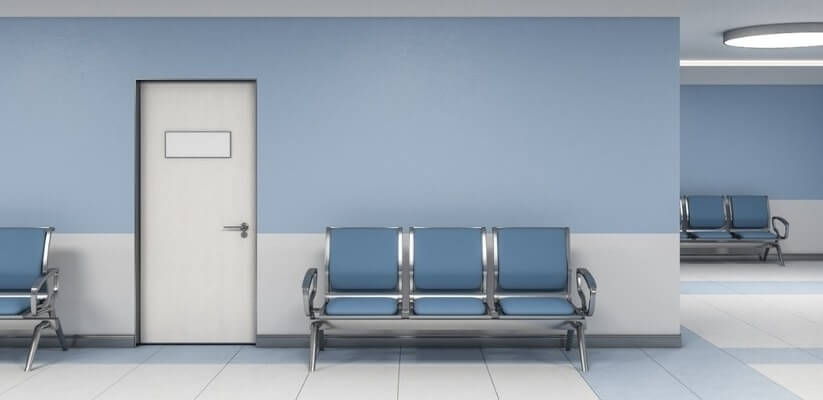Running your own medical practice is likely one of the biggest enterprises of your life. Your life revolves around it. You provide patient care, network, and invest in marketing. You may have renovated your facilities to make them look welcoming and to provide innovation that offers high-quality, more efficient treatment. It’s your nest egg. Your pride and joy. Your source of everyday stress. Your calling. And when a patient fails to show up to an appointment, not only are they wasting your time — they’re costing you money. And it’s not chump change, either. On average, this issue causes the US healthcare system to lose approximately $150 billion annually.
8 Ways to Reduce Patient No-Shows
1. Give Them an Appointment Card
This can only be done when a person is scheduling follow-up visits in person. When doing so, hand them a card with the date and time of their appointment. It’s a visible reminder they can leave in their car or hang from their refrigerator or bulletin board. They also provide your office hours and contact information in case the patient needs to reschedule. Make it as easy as possible to reach out to you and to remember appointment details.
2. Remind Them
Sometimes, people forget things on their calendars. Other times, more pressing matters may pop up — sending their medical appointment to the back burner. You could have one of your team members call patients to remind them of their upcoming appointments. However — just like you — people are busy. Not only that, younger generations don’t even bother checking their voicemail. Nobody likes cold-calling, so you can do this by texting and/or emailing patients. When doing so, ask for confirmation as a response to the reminder. This allows both of you to make the best out of the situation — the patient gets the chance to reschedule if necessary, and your practice ensures someone will show up for that available time slot.
3. Offer Additional Business Hours
Everyone needs medical care. However, not everyone can take time off work to make it to an appointment, especially those who don’t have paid time off. Things can get even dicier if they work at a busy location or have employers who don’t think their employee’s personal life should ever come before work. So make it easier for those who work traditional business hours to schedule an appointment at a time that will be convenient for them.
4. Be Respectful of Their Time
In the same way you have things to do, patients to see, and a family to care for, patients have their own schedules. If they’ve been to your practice before and are kept waiting for extended periods, you are telling them you don’t value their time. So if something comes up making it difficult for them to keep their appointment, they may be less likely to value your time.
5. Be Clear About the Location
This applies if you have more than one location. Some practices have medical providers who offer services certain days of the week in one office while working from another the rest of the week. If a patient specifically asks for a doctor, let them know on which days of the week that healthcare professional will be at each location. This will prevent patients from showing up at the wrong place for their appointments.
6. Develop Relationships
Have a monthly patient newsletter so that they can get to know you — and stay top of mind. Send out birthday and holiday cards. Have someone monitor questions on your social media pages to answer their questions and respond to reviews. If you remember that a graduation or birth is coming up, make it a point to wish them congratulations when they visit your office. These actions will make the interactions with your office seem more personal — making it less likely for a patient to blow off their appointment.
7. Offer Telehealth
If you need to do a tooth extraction or perform surgery, you obviously need the patient to show up to your medical practice. However, many issues can be attended to via telemedicine — scheduling phone or video call appointments. Giving patients the option to consult with you via a computer, tablet, or smartphone makes it convenient for everyone — including those who don’t have reliable transportation, can’t find childcare to visit your office, or already have a tight schedule. And, in times of COVID, it also lowers the risk of infection.
8. Charge a Cancellation Fee
Make it a company policy that if a person cancels with less than a 24-hour notice — or if they’re a no-show, you’ll charge them for it. Ensure that all patients and potential patients are aware of this practice by including it on your paperwork, website, and phone recordings. Not only does this make the process fair, but it’s also required by the American Medical Association.
Need Creative Ideas? Allegrow Can Help
Reducing patient no-shows involves building relationships and making things as easy and convenient as possible. While there are things that have to be implemented on-site at your office, Allegrow can help you develop a course of action, provide you with business intelligence solutions, and ensure that your digital marketing is right on track. For more information about our services, contact our client experience team today.
